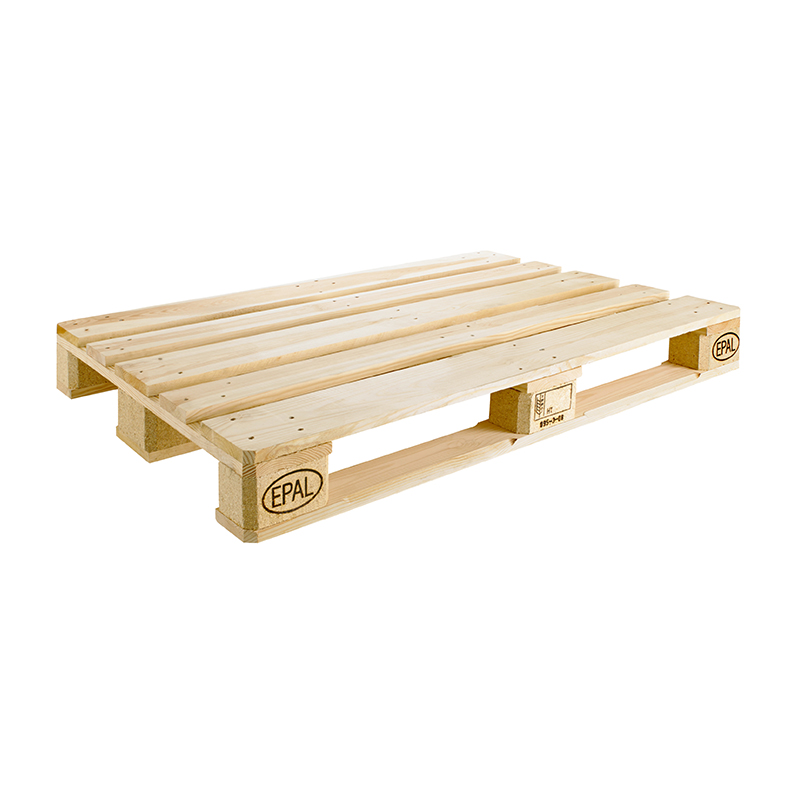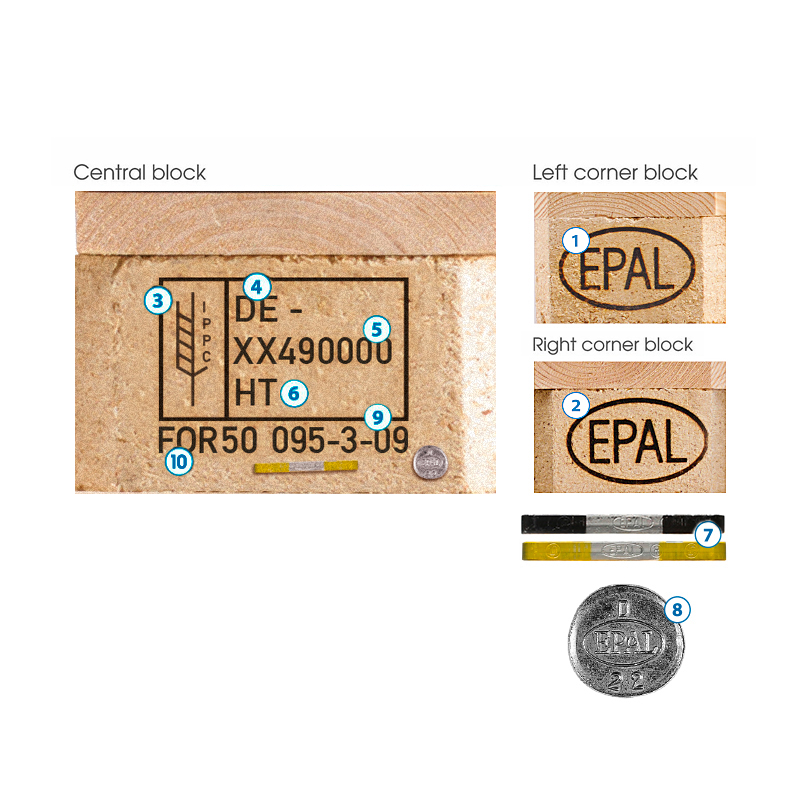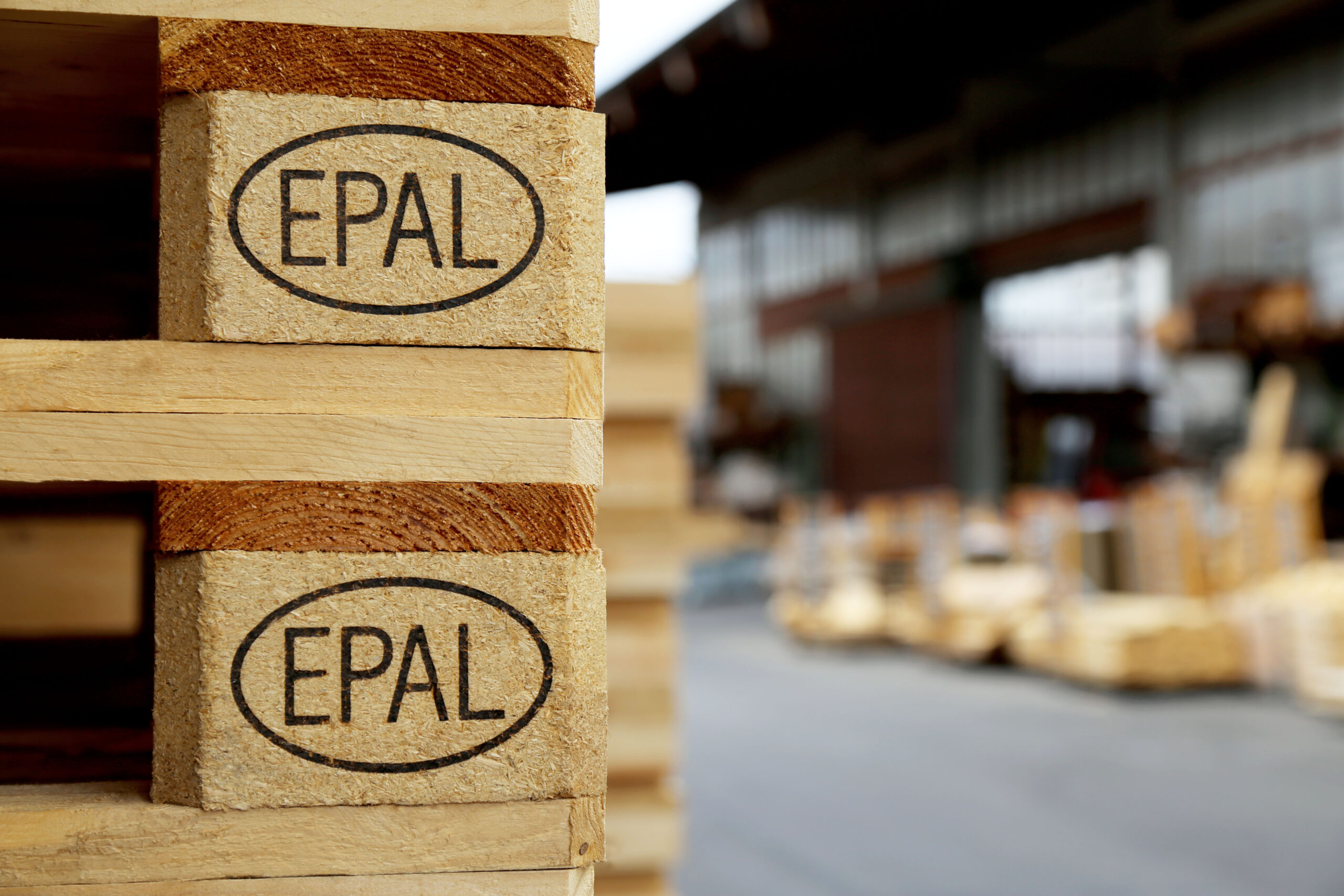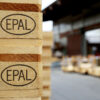Pallet Marking: EPAL Certified Technology
Pallets have become essential in logistics, crucial for the swift management of goods in supply chains. Globally, between 20 and 50 million pallets are moved daily. They enable lifting machines and conveyor belts to handle and move goods for storage or transport, optimizing space and protecting cargo from potential damage.
The most widely used pallet type for transporting goods between European countries and into Europe is the Euro Pallet (EPAL). These pallets are known for their strength, reliability, and reusability, promoting a circular economy. They emerged to standardize pallet use for better space utilization, adhering to specific requirements such as dimensions, materials, weight, load capacity, and logos. The European Pallet Association (EPAL) licenses manufacturers who meet these requirements, ensuring the highest quality standards and granting them the EPAL seal as an identifier.
Advantages of EPAL Certified Pallets
The widespread adoption of EPAL pallets across Europe and their availability in over 35 countries highlight their crucial role in global logistics.
Quality Standards and Certification: European pallets must meet EPAL’s quality and strength standards, ensuring interchangeability and suitability for transporting and storing goods in Europe.
Standardized Dimensions: European pallets come in various sizes, from 800 mm x 1200 mm to 2000 mm x 1200 mm. They are large enough to safely transport bulky items and are highly standardized, enabling a robust supply chain network that can meet virtually any delivery requirement.
Wide Circulation: Approximately 650 million European pallets are currently in circulation worldwide. They are safe, cross borders, and ensure convenient and manageable goods transport.
Identifying the EPAL Euro Pallet
An EPAL Euro Pallet must bear the EPAL logo within an oval on the left and right corner blocks. This logo can be replaced by the abbreviations EUR or DB, also within an oval, but it must be clearly legible. The central block must display the IPPC stamp, referencing the ISPM 15 International Standard. This standard regulates wood packaging used in international trade to prevent the spread of potentially harmful wood organisms.
The IPPC mark appears on at least two opposite sides of the pallet. It includes the IPPC logo, the country of origin code, the registration number of the responsible phytosanitary authority, and the wood treatment method. Below this IPPC mark, the pallet license number and FOR50 code must also be displayed.
Interestingly, the EPAL Euro Pallet must also have two control staples on the central block to ensure authenticity and compliance with quality standards. Additionally, if a pallet is repaired, it must include a repair nail marked ‘EPAL’.


How to Mark a Pallet
Traditionally, pallet marking has been done using incandescent wedges pressed onto the wood. This method, though durable, lacks flexibility and requires initial design of the metal wedge with the intended marking. Each new marking requires a new wedge design and changes to the production line, causing process stoppages.
A cost-effective, durable, and flexible marking system that integrates easily into the production line, even in limited or hard-to-reach spaces, is the EPAL-certified S-Print Modular High-Resolution Inkjet Printer. Regardless of the marking direction needed, the S-Print Modular adapts to the line and marks up to 70 mm.
The precision of the inkjet printer ensures clear and uniform marking, crucial for EPAL compliance. These marks withstand phytosanitary treatments, ensuring they remain legible and durable throughout the pallet’s lifecycle. This reliability not only meets but exceeds EPAL’s stringent quality requirements.
Choosing the S-Print Modular inkjet printer invests in a solution that guarantees high-quality, cost-effective, and efficient pallet marking. This not only improves operational efficiency but also aligns with global safety and quality standards, enhancing supply chain operations and contributing to a more sustainable future.
If you want to take your pallet marking to the next level, don’t hesitate to contact us. We will be happy to advise you.







